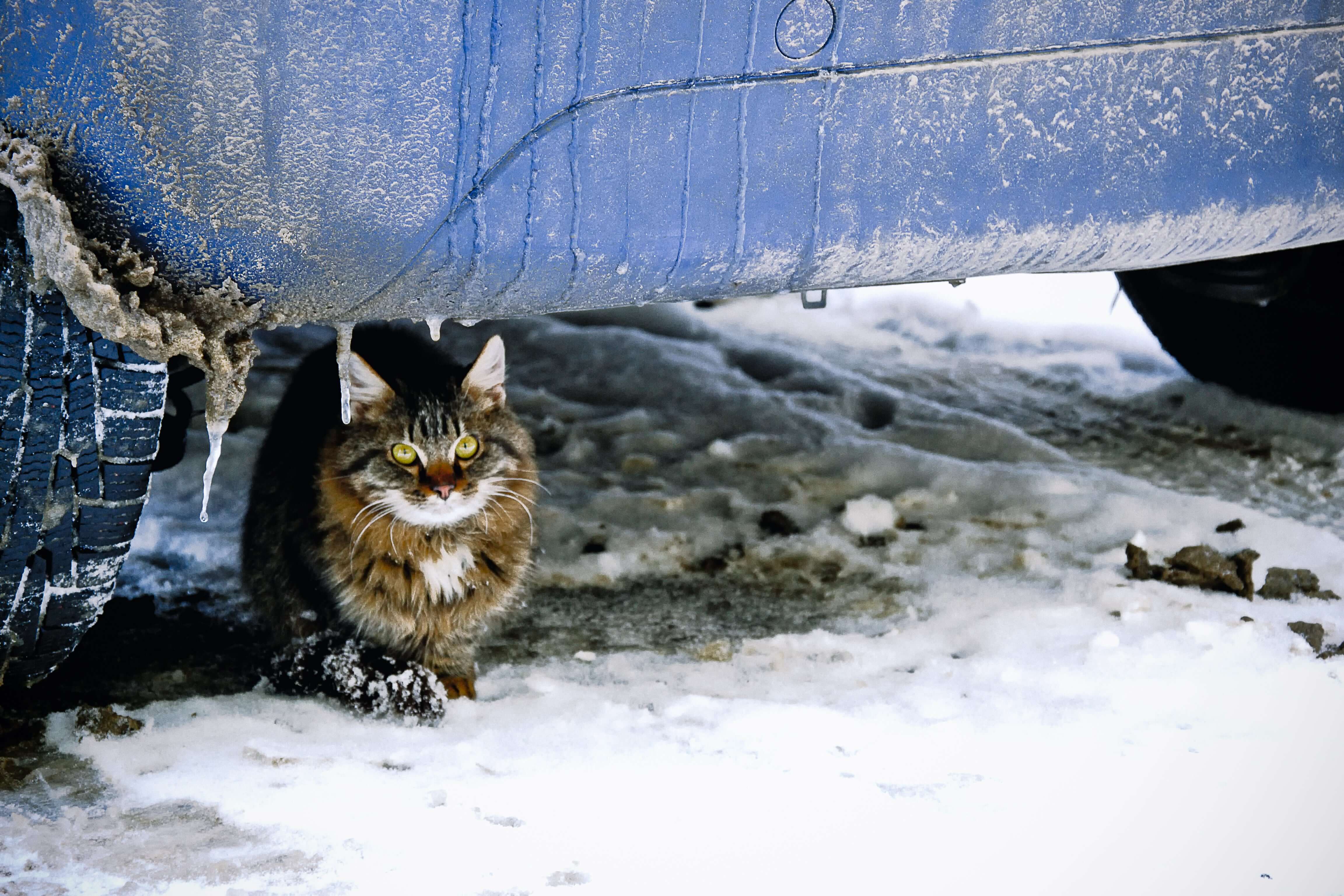No Products in the Cart
FREE DELIVERY on orders over £50

Have a dog over 7 years old? - They qualify for FREE membership to our Senior Dog Club
|

Have a dog over 7 years old? - They qualify for FREE membership to our Senior Dog Club

December 10th, 2020
As the colder winter months set in we must be aware of a potential killer out there – antifreeze. This readily available and often sweet tasting chemical contains a chemical called ethylene glycol, which is toxic to animals. Cats are generally the most at risk of antifreeze poisoning due to their free roaming behaviour and habit of drinking from unusual places – on cold winter nights a shallow pool of antifreeze may be the only free-standing liquid to drink from if all the rest is frozen.
Affected cats can show a range of signs, which vary with the progression and severity of the antifreeze poisoning. They can include:
The symptoms may progress over time and the further they do the more serious their condition, so if you’re concerned about your animal you should immediately seek veterinary attention. The Ethylene Glycol compound is toxic to the kidneys and can cause even young and otherwise healthy animals to go into kidney failure very rapidly - the damaging crystals formed in the urine can be seen from 3 hours after poisoning.
Depending on when the antifreeze was ingested, your vet may try to prevent any more being absorbed from the animal’s stomach by causing it to vomit or passing a stomach tube. If it’s been more than a few hours after they’ve been exposed to the toxin, then there is no value in doing this as the toxin will have left the stomach.
Your vet will also put them on intravenous fluids to help protect their kidneys from further damage. Injury to the kidneys is caused through crystals of calcium oxalate forming. Salt imbalances in the bloodstream can also occur, which are particularly associated with overly high levels of potassium and phosphate in the blood - your vet will monitor these and also aim to correct them with the intravenous fluids. Your vet may also decide to place a urinary catheter to monitor urine output and crystal formation.
The Ethylene glycol compound is toxic to the kidneys and can quite rapidly cause even young and otherwise healthy animals to go into kidney failure very rapidly.
Ethanol (alcohol) or a drug called fomepizole can also be used to inactivate the Ethylene Glycol compound. When ethanol is used it is often given in the form of vodka straight into the bloodstream via a catheter. *please don't try this at home!* The treatment is not rapid, and your animal will most likely need to stay in overnight to allow monitoring and continued fluid therapy. In severe cases where so much kidney damage has occurred that the animal isn’t urinating at all, the condition is usually fatal.
In a study of 25 cats suffering from the poisoning, the death rate was 95% (1). This is especially the case where treatment isn’t started until at least 12 hours after exposure to the toxin - this is why immediate veterinary attention is so important.
(1) Rowland J. Incidence of ethylene glycol intoxication in dogs and cats seen at Colorado State University Veterinary Teaching Hospital. Vet Hum Toxicol 1987; 29: 41–44
What our customers say
Read our reviewsDelivered to your door
FREE DELIVERY on orders over £50What’s in our food?
Find out more about recipes and ingredientsVet Know-how
Read our helpful expert tips





